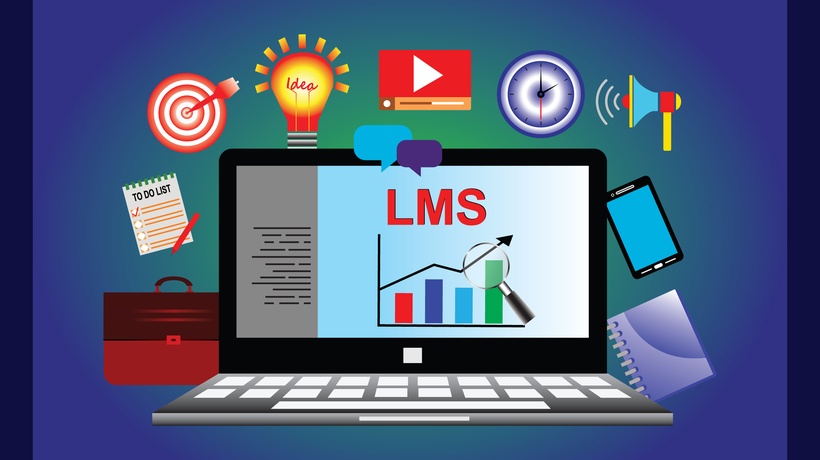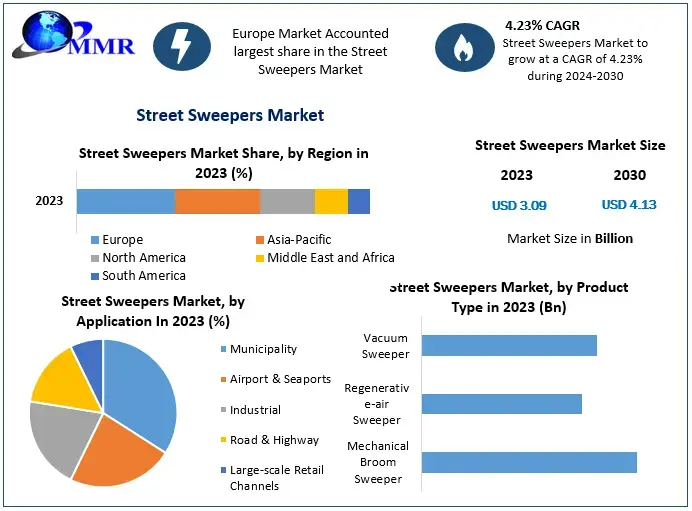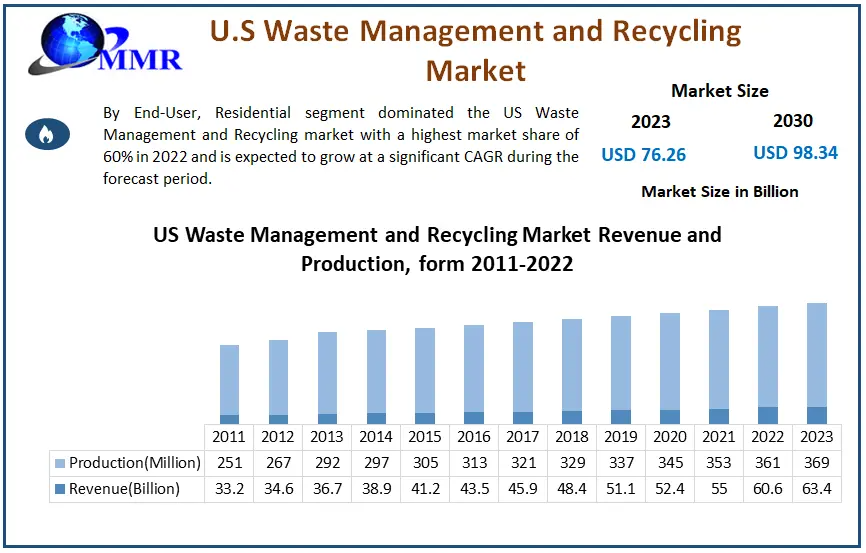Voice recognition technology is transforming the way we interact with...
Read More.BEYOND BLOGGING
Are You Ready?
Focus on creating a blog , that is great for your readers.
Don't focus on a great blog.
Recent Posts
Professional Rug Cleaners Near Washington
Your rugs deserve more than just a surface cleaning. Our...
Read MoreOffice Carpet Cleaning Services DC
A clean office is a productive office, and carpets play...
Read MoreBusiness Carpet Cleaners Near Washington
Finding reliable business carpet cleaners near Washington DC is essential...
Read MoreIndustrial Carpet Cleaning VA
Industrial facilities face unique challenges when it comes to carpet...
Read MoreAffordable Carpet Cleaning Near DC
Finding Affordable carpet cleaning near DC that doesn’t compromise on...
Read MoreDesign
A Sneak Peak Into Our Exclusive Articles
Premium content written by highly experienced authors.





Our Categories

Business

Digital marketing

Finance

Review

Technology

Web development
Popular Posts
Hair Loss Cure: Hair Transplantation
Hair loss is a condition that affects millions of people...
Read MoreBusiness Cards- The Crucial Role
Creating a memorable initial impression for a brand is crucial....
Read MoreMost Common Questions Answered About
Borrowers who qualify for RHS loans and are looking for...
Read MoreStreet Sweepers Market Growth Forecast
Street Sweepers Market Poised for Significant Growth by 2030 Innovations...
Read MoreTeen Patti Club: Claim Your
Teen Patti is one of the maximum famous card video...
Read MoreU.S. Waste Management and Recycling
Learn about the U.S Waste Management and Recycling Market growth and developments....
Read MoreFire Prevention Inspection Software Market
Fire Prevention Inspection Software Market size is expected to...
Read MoreGFC Hair Treatment in Dubai:
Hair loss can be a deeply personal and emotional experience,...
Read MoreOur Services

Search engine optimization
SEO services optimize websites for better visibility and ranking on search engines to increase organic traffic and improve online presence.

social media optimization
Social media optimization services enhance a company's social media presence through strategies such as content creation, engagement, and audience targeting.

Paid advertisement
Paid advertisement services involve managing and running paid advertising campaigns across various platforms to increase visibility and drive targeted traffic.

web application development
Web application development involves the creation and implementation of interactive software applications that run on web browsers or mobile devices.

LMS development
LMS website development involves the creation of a website specifically designed to host and deliver online educational content through a Learning Management System.

Ecommerce development
Ecommerce website development involves creating an online platform where businesses can sell products or services directly to customers over the internet.

Data Entry
Data entry services are commonly outsourced by businesses to save time and resources, allowing them to focus on core activities. It is essential to maintain.

App development
App development services involve the creation and development of mobile applications for various platforms, such as iOS (iPhone/iPad) and Android devices.

graphic designing
Graphic design services encompass a wide range of creative solutions to visually communicate messages and enhance brand identity.








